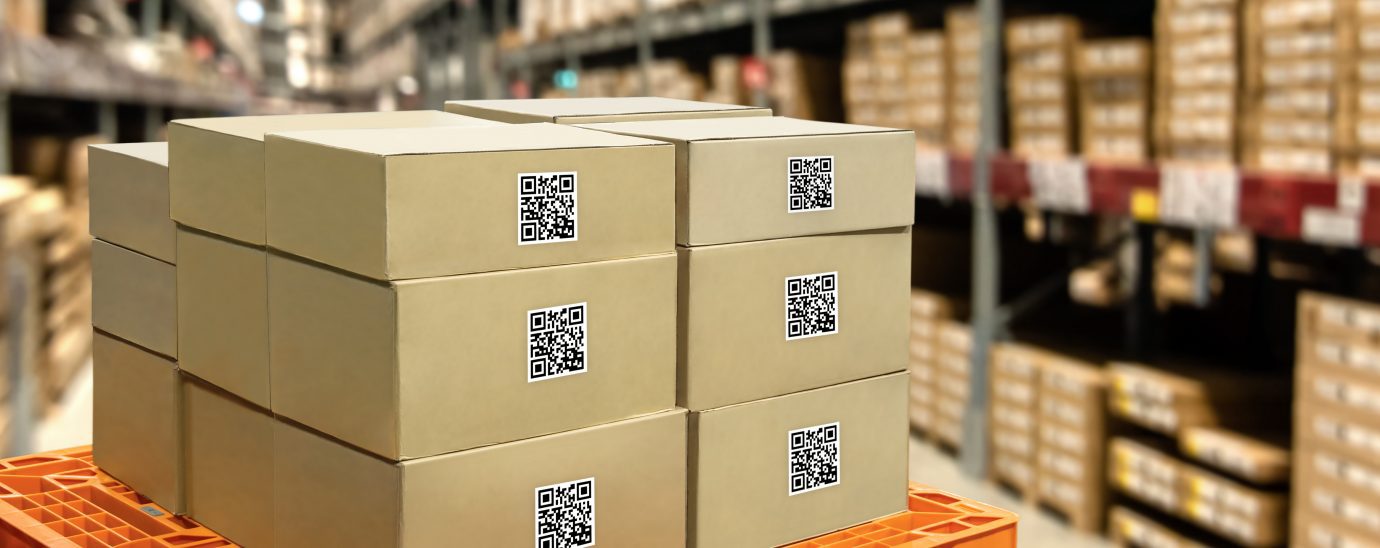Why supply chain resilience is the ultimate New Year’s resolution

There’s no time like the New Year for taking stock, reviewing operations and setting out new business goals. And as 2022 looks set to see global supply shortages continue, here, Jim Mann, Director of Acquisitions at Thrasio, explains why building supply chain resilience is one resolution every business must follow to stay primed for growth in the year ahead.
There is no doubt that the global supply shortages remain one of the most pressing challenges facing modern business, with brands of all sizes dealing with increased costs as well as delayed and unpredictable shipping times, as every stage of the journey has been impacted. Coal shortages in China have limited the ability of factories to manufacture, raw materials have increased in price, and container costs have been up to ten times the price of 2019, with retailers considered fortunate if they could even get containers coming into Q4.
Those managing supply chains can’t predict how long it will take to get goods from port to store, with container ports taking far longer to process containers, truck drivers few and far between, and finance directors carrying the burden of resulting cash flow pressures, 2021 has been a year to forget for many!
This catalogue of problems has had a knock on effect on consumer behaviour that has been particularly noticeable in the run up to Christmas. Thrasio recently carried out research which revealed that 56% of UK consumers intended to finish their shopping by the end of Black Friday, with 51% saying that this is much earlier than usual due to fears they have over potential shortages.
Another shift in consumer habit would appear to have been the unstoppable trend towards online shopping. Studies following the Black Friday period showed a fall in high street footfall for the first time and a range of results for the largest retailers. Our recent survey found that 48% of shoppers will buy the majority of their goods online this year versus 40% in 2019. This amounts to a rise in online purchasing of 10% in two years, and means that this year people have taken the decision to buy early and buy online for Christmas.
For consumer facing businesses this poses an interesting set of challenges and opportunities. We first have to consider whether this is the ‘new normal’. Our own research seems to indicate that at least, with respect to online behaviour, it is. This is because the biggest rises in people planning to buy online were seen in the oldest and youngest age groups: 18-24s will do 42% of their Christmas shopping online (34% in 2019) and 41% of 65+ (33% in 2019). Such large in movement in the youngest demographics would tell you that this will be a sustained, long term shift, while older users, who you would expect to be the most likely to revert to the high street, seem to have become permanent ecommerce converts.
January will be the ideal time for many businesses to reevaluate their offering and strategy, and to look at their supply chain. Paying close attention to sales data, particularly who bought what, when compared to previous years is going to provide invaluable insights into how these trends have had a direct impact on your business. If your offering has appealed to a new, wider demographic this may offer direction on where to focus your marketing efforts to capture a new customer base. It will also tell you where you could expand your brand offering.
Conversely, if the sales data shows no noticeable change, – ask yourself why haven’t you seen any of these new customers? Remember, if you feel the data you collect is inconclusive, don’t be afraid to go to the source – ask your customers directly what they think about your offering and what they would like to see. You can never have too much information and you would be surprised how much information customers are willing to provide – particularly if you operate in a niche category.
Businesses should also look at harnessing the power of technology and analytics to build greater supply chain resilience in the year ahead. Whilst some of the issues encountered during 2021 may not be permanent features, it has demonstrated the importance of preparation for such circumstances and the need for flexibility and resourcefulness when faced with supply chain difficulties. Technology can definitely be your friend here – helping you to monitor sales velocity, support pricing strategy and plan your inventory with a keen eye on supply chain times and fluid manufacturing costs. It may also be the right moment, if you haven’t already, to review the efficacy of your supply chain, looking at existing suppliers and identifying opportunities for local alternatives.
Read More:
- The top 10 technology trends to watch out for in 2022
- What can the IT industry expect in 2022? More of the same: change
- Prioritizing business resilience and protection in 2022
- 2022: Delivering omnichannel digital retail innovation with an emotional connection
A new year brings new beginnings and while it’s likely we will see even more of the same global supply chain issues in the months ahead, with the benefit of hindsight we can look to respond differently and with greater agility. By drawing on the lessons learnt, it is possible to re-evaluate operations, inventory procedures and overall strategy in order to plan as much as possible amid what remains a constantly shifting playing field.
Click here to discover more of our podcasts
For more news from Top Business Tech, don’t forget to subscribe to our daily bulletin!
